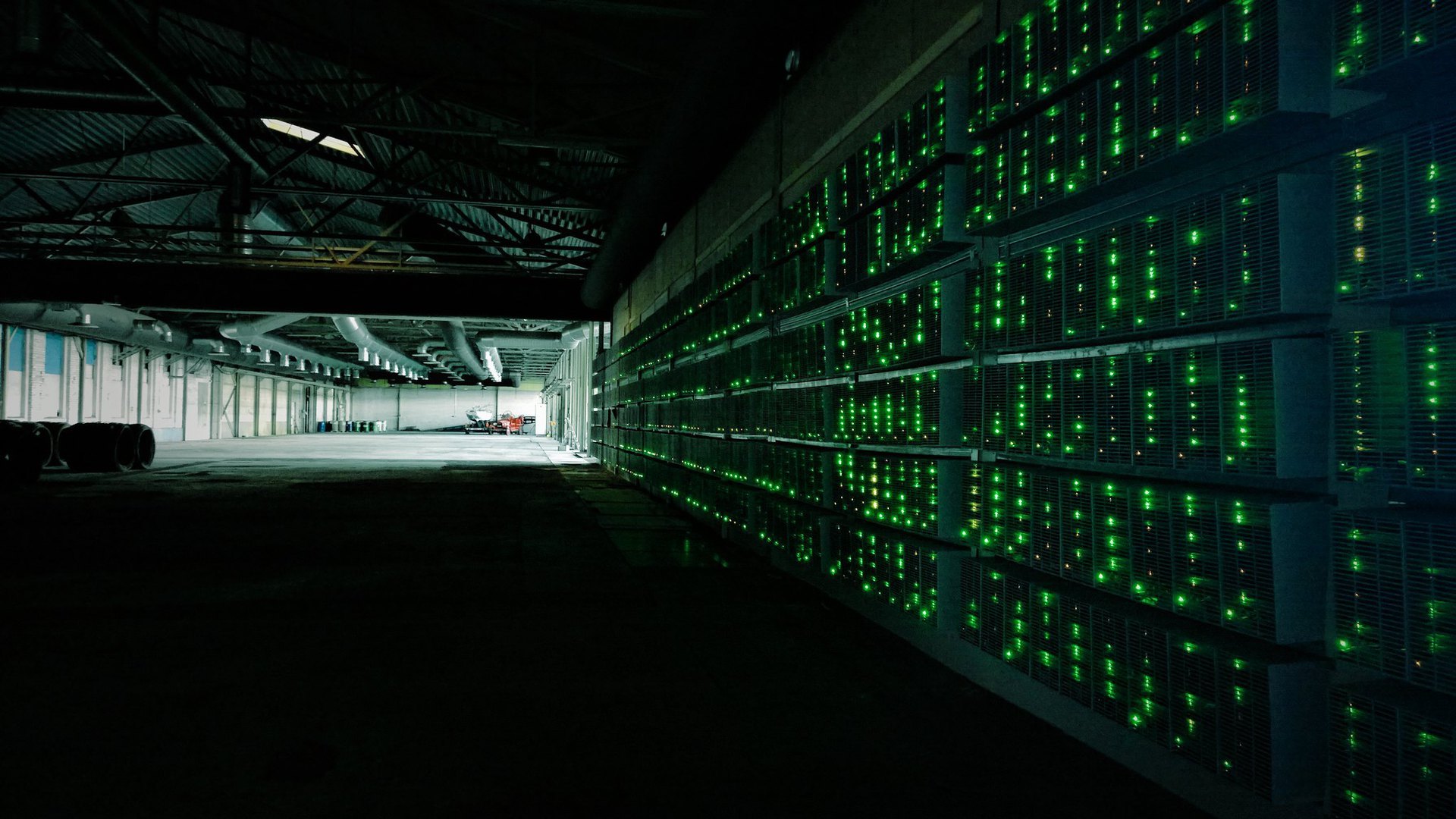Let’s explore what it means to mine a digital currency and why such a system needs to be present in the first place. We will also discuss nuanced aspects such as its profitability and its potential impact on the environment along the way.
What is cryptocurrency mining and why is it so important?

The term mining in the context of digital currencies can conjure up different images in your head, with parallels to mining for gold or coal from the earth.
In reality, cryptocurrency mining is an all-digital paradigm that simply facilitates honest collaboration between strangers. While mining sometimes generates economic value in the form of rewards, the primary goal of mining is to maintain a functioning and secure decentralized network.
If this description sounds too complicated for you, don’t worry, it’s surprisingly straightforward. In the following sections of this article, let’s take a look at what it means to mine a digital currency and why such a system should exist in the first place. We will also discuss nuanced aspects such as profitability and possible environmental effects.
While most of this article focuses on mining Bitcoin, the same principles apply to most other cryptocurrencies. The only exceptions are digital assets that use alternative methods to reach consensus, like Cardano.
Why is cryptocurrency mining necessary?
The first and most well-known mining application is Bitcoin, which was created under the pseudonym Satoshi Nakamoto. While attempts to create electronic currencies were not new in 2009 either, Bitcoin stood out by being the first truly decentralized currency.
Before the creation of Bitcoin, all currencies depended on some sort of central authority. This approach is not ideal for a number of reasons, not least because you need to trust the issuer and anyone in the hierarchy. Even a common service. Like PayPal for example, it has total autonomy over the funds stored on the platform and can freeze them at any time. However,
Bitcoin flattened this centralized hierarchy. You don’t need permission from a central bank or intermediary to use it, or sign anything. All you really need is an internet connection. And once you’ve acquired a cryptocurrency, no one can confiscate it behind your back.
Bitcoin has achieved this level of decentralization and security through an algorithm called Proof of Work. Mining is simply the real application of this algorithm. Simply put,
Bitcoin uses a system in which anyone can offer new transactions, but those transactions are only considered valid if other network participants agree on their legitimacy. The system also ensures that transaction passports are not processed or processed. reversed by someone with malicious intent, giving Bitcoin ownership of immutability.
While reaching such a one-sided deal may seem easy, it is actually an extremely difficult undertaking, especially when it comes to real money. Would you trust a bunch of strangers to give your money to the right person? Preferably not.
To this end, Satoshi Nakamoto believed that the only way to reach consensus on a cryptocurrency network was to make certain users work in exchange for a reward, which is why the system was called “proof of work”. .
We will examine this interaction between “work” and incentives in a later section. For now, be aware that everyone involved in the cryptocurrency ecosystem has an incentive to act in the best interests of the network, so they are highly unlikely to confirm the facts.
What is mining for?
Let’s take a look at a typical cryptocurrency network to answer this question. Participants can be divided into three groups:
Users: These are end users, participants like you and me, who send and receive money in a crypto wallet, which is essential software. This in turn transmits relevant details (such as quantity and destination address) to the rest of the network.
Nodes: Nodes are volunteer users who keep a copy of the Bitcoin blockchain on their computers. You are also responsible for detecting new transactions submitted by users. Finally, nodes apply a comprehensive list of network specific rules to which all inbound transactions must adhere. To.
Mining nodes: these are specialized nodes that voluntarily verify the incoming transactions mentioned above, there is no risk or entry fee as long as the miner can bring computing power to the verification process, in return, they receive compensation in the form of token rewards, transaction fees, or both.
As you probably already know, there is a very clear symbiotic relationship between the three groups. Nodes do not accept illegal transactions from users. In the meantime, miners must follow the rules of the network in order to receive their compensation.
Large amounts of computing power are neither cheap nor endless, so miners willingly spend it wisely.
